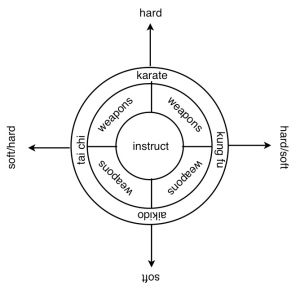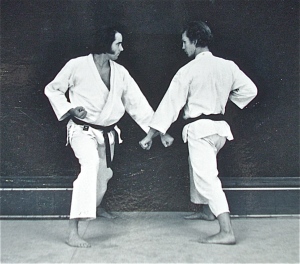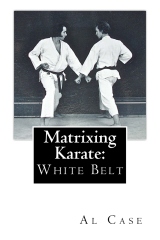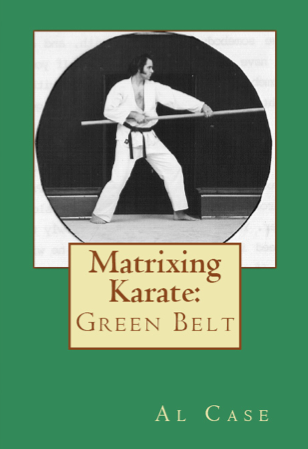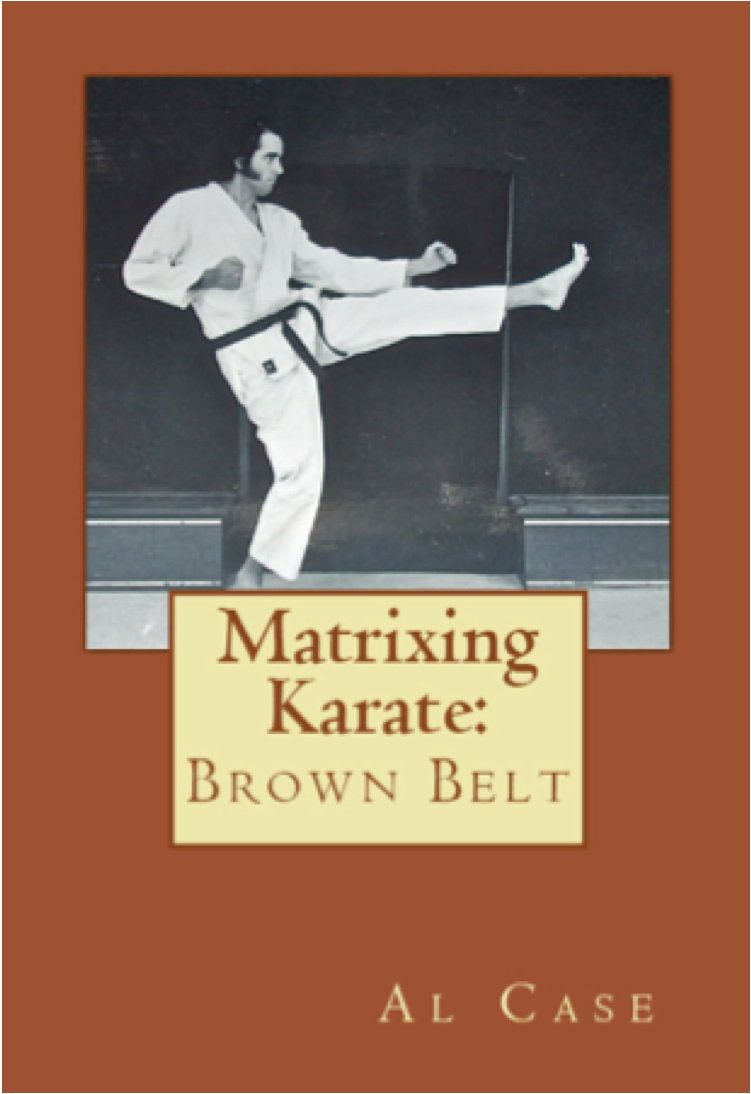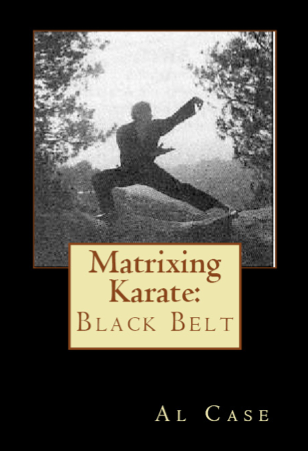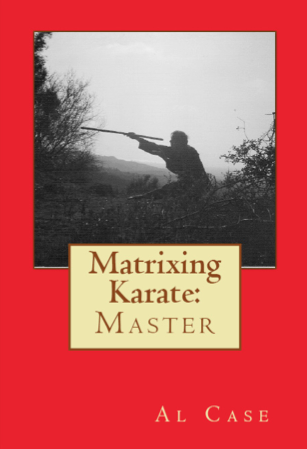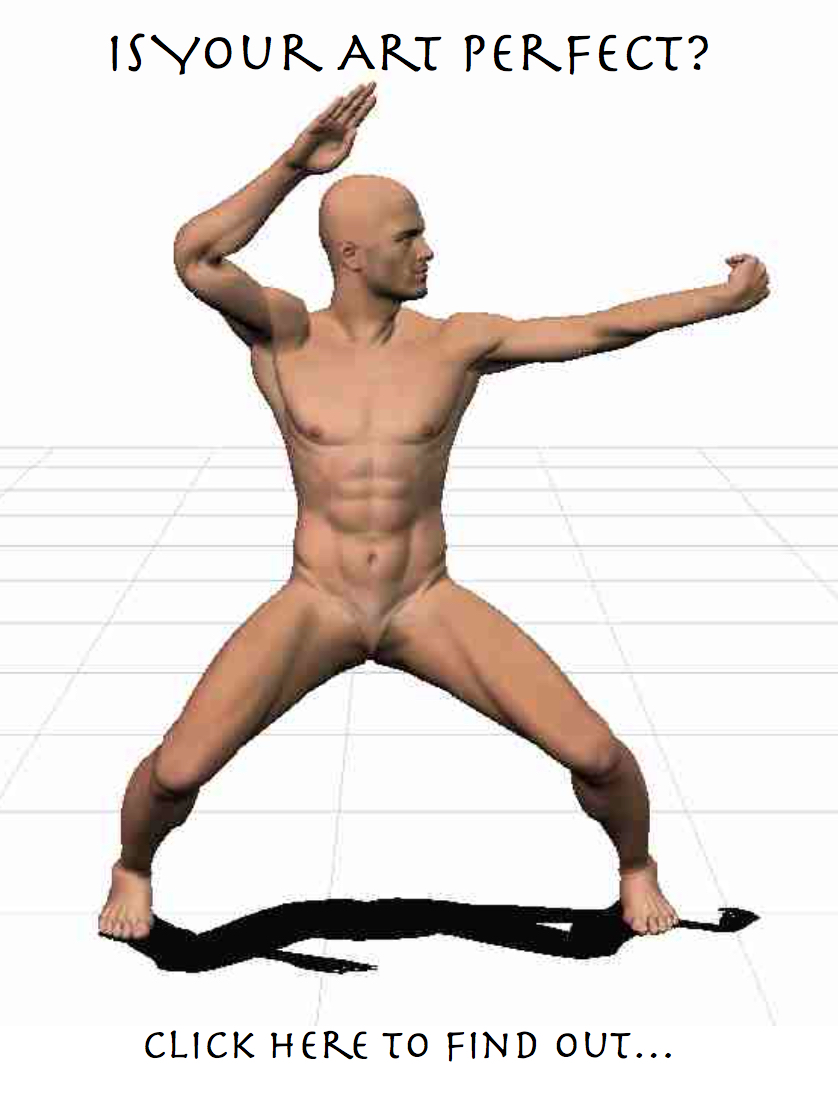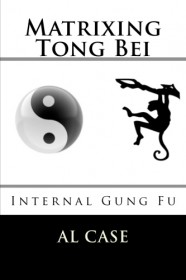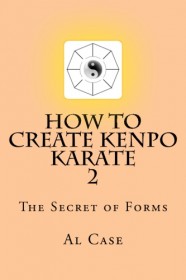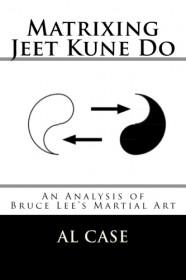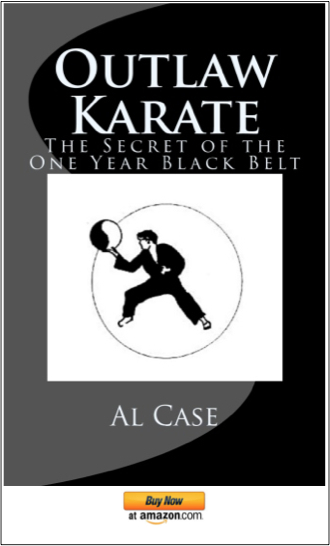Mind you, a sword attack is not likely these days, but if you know the karate technique from Pinan Five then you can adapt pretty easily for other types of attacks. After all, a club is a short sword with no edge, a knife is a really short sword, and so on.
Pinan Five, also called Heian Five, has a move in it, about halfway through, where you raise your crossed wrists upward. This is the self defense technique we are looking at.
When doing this technique you must rush forward and make sure you apply it to the attacker’s wrists. Pretty silly to block a raw sword blade with your bare wrists.
You catch the attackers arm and push upward on the elbow and pull down the wrist. Then will translate into an armbar or elbow roll, and he will be pretty much at your mercy.
This is a real meat and potatoes technique, works for all sorts of stuff. After a while you will find yourself moving in and just grabbing and twisting the attacker’s arm. This is good. But, if you ever have trouble, you should have practiced the individual pieces, as prescribed by the Karate Form Pinan Five. Knowing the pieces will allow you to master the whole of the technique.
Check out this video, in which I teach this technique.
If you want to know more about the Karate techniques from Pinan Five, more than the sword attack I have just outlined, then drop by Learn Karate Online and check out the Kang Duk Won. This is a download and you could be seeing all the old, tried and true methods for self protection in less than a minute.
Matrix Karate: 5 volumes
Five Steps to True Karate!
Overview of Site Contents!
Blogroll
Meta


